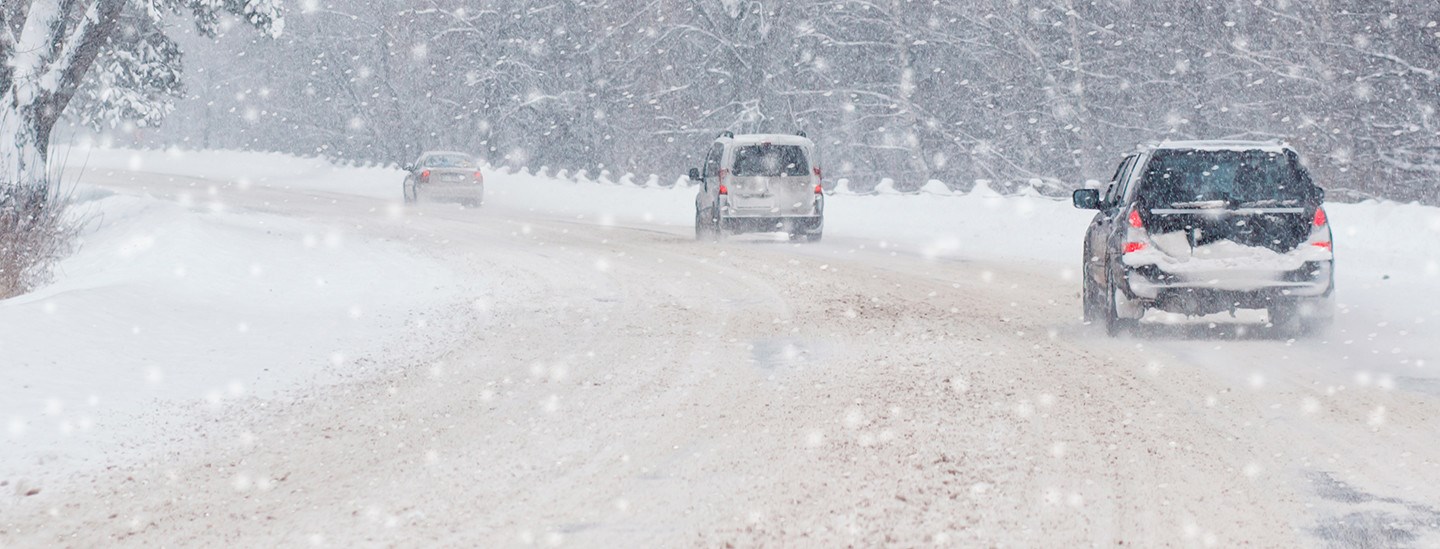Snowstorms and extremely cold temperatures can cause severe business interruption. Creating disaster recovery and business continuity plans will help minimize business interruption, mitigate your risk and safeguard your employees’ wellbeing. Below, Gallagher discusses how to prepare your business before and after a winter storm hits, as well as steps on filing a winter storm insurance claim.
- Pre-Planning your Business’ Safety before a Winter Storm Occurs
- Winter Storm and Extreme Cold Checklist
- Post-Winter Storm Recovery Guidelines for your Business
- Filing a Commercial Insurance Claim
Pre-Planning Your Business' Safety before a Winter Storm Occurs
Planning and preparing can make a big difference in staying safe during, and rebuilding your business, after a winter storm occurs. In anticipation of such an event, start talking to your Gallagher advisor to be sure you secure appropriate coverage, update current location schedules, and understand what is covered with your current property policy.
Emergency Response Team and Business Continuity Planning for Winter Preparedness
Awareness and preparation are key factors in minimizing your risk during a winter storm or extreme cold. By understanding your vulnerabilities and proper planning, you can reduce the detrimental effects on your business. The best protection is to have a solid natural disaster plan in place should a major winter storm hit.
- Meet with your emergency response team in preparation for an event.
- Be sure your Business Continuity Plan has been updated and communicated, as well as your Business Interruption and Extra Expense Claims.
- Review, revise and distribute your internal communication plan to ensure your employees know what to do and where to go for information if a winter storm occurs.
- Ensure up-to-date Exterior and Interior Asset Inventories are documented and photos and/or video are included.
- Ensure your Emergency Listings are up-to-date.
- Update your Crisis Communications Planning Checklist.
- Update your Social Media and Disaster Communication Plan.
- Make sure your office is equipped with items on the Disaster Supply List.
- Review your Winter Weather Preparedness Checklist.
- In the event of a facility closure, be prepared to bring essential items.
Winter Storm and Extreme Cold Checklist
Take necessary steps to prepare once an advisory has been issued and a winter storm is imminent. Once you have enacted your disaster plan, follow it diligently as temperatures are expected to dip below freezing. In addition to the winter storm preparedness checklist, here are additional items to consider:

